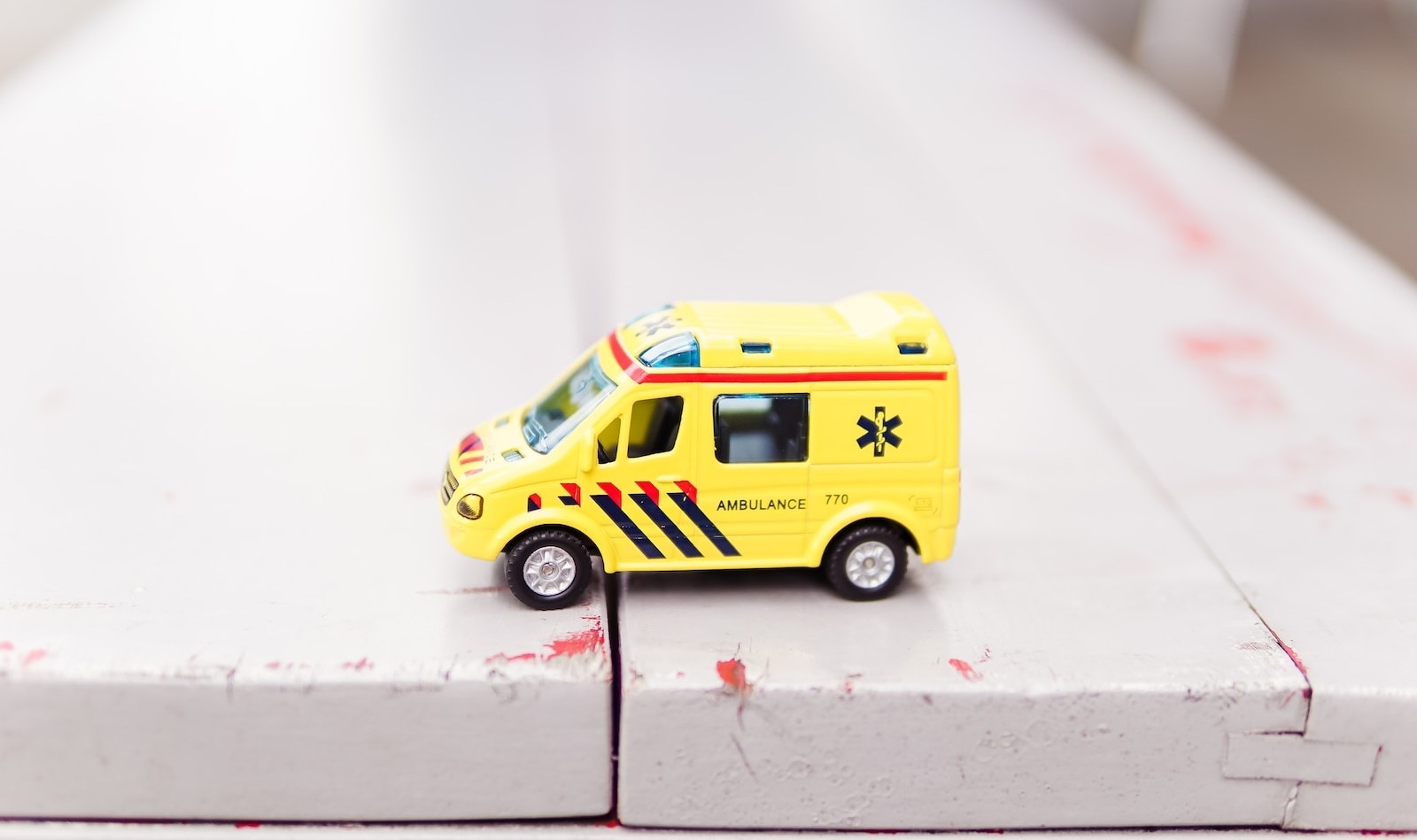Il 5th December marks a crucial date for the Italian healthcare system: a broad mobilization of health professionals, including doctors, nurses and other professional figures, will paralyze the ordinary performance of healthcare activities. This national strike, proclaimed by:
- Anaao Assomed,
- Cimo-Fesmed,
- NursingUp
promises significant impact on health services: it is estimated that approx 1,5 million performances, included 30 thousand surgical operations e 180 thousand specialist visits, they may be postponed or cancelled.
The decision to strike arrives at a delicate moment for the sector, already tested by continuous challenges and technological changes, as demonstrated by the innovative 'SiPad project' to the Policlinico Gemelli of Rome.
Causes and motivations of the Strike: the demands
At the center of strike of 5 December there are complex reasons that reflect the current situation of healthcare sector in Italy and the concern for the future of Italian healthcare.
The main demands that pushed doctors and nurses to mobilize mainly concern cuts made by the government and the request for a salary adjustment. These requests emerge in a context of growing pressure on healthcare personnel, accentuated by years of austerity policies and by the recent pandemic.
Another relevant aspect is the introduction of innovative technologies into the healthcare system, as evidenced by 'SiPad project' to the Policlinico Gemelli From Rome. This initiative involves the use of tablets in the aisle as is now standard throughout the West, marking an important step towards digitization and the efficiency of health services. Such technological innovation also raises issues relating to the adaptation of staff skills and to the need for substantial investments in training and infrastructure.
Added to this are further requests:
- the necessity of hiring of new doctors and nursing staff to meet the growing demand for healthcare services
- the allocation of adequate resources for the renewal of the employment contract,
- il withdrawal of pension cuts,
- la tax relief on the specific medical and healthcare allowance, a measure seen as crucial to ensuring a salary increase of managers and staff
- la decriminalization of the medical act
The strike of December 5th is, in fact, configured as a moment of strong demand for attention and resources for a fundamental sector for the health and well-being of the population, which requires concrete responses and support from the institutions.
Another worrying aspect concerns the future of nursing staff. According to data collected by National Federation of Nursing Professions Orders, they predict 127 thousand retirements among nurses by 2033, with an immediate loss of around 6 thousand jobs already by the end of the year. A scenario that raises serious questions on the health system's ability to adequately replace these essential professionals, in a period in which the demand for healthcare services is constantly increasing.
Which Health Services are active and which are limited during the Strike
During the day of strike of 5 December, despite the broad membership of the movement, some will still be guaranteed essential services. These mainly include theemergency and first aid, thus ensuring vital support in case of urgent needs.
However, it is important to underline that the booked and scheduled activities, such as specialist visits and non-urgent interventions, could be postponed or cancelled.
Some of the guaranteed services:
- Emergency and First Aid: All urgent and emergency services will be guaranteed.
- Intensive care: Maintenance of services in intensive care units.
- Births and Obstetric Emergencies: Guaranteed assistance for births and emergency obstetric situations.
- Dialysis: Continuity of dialysis sessions for patients with chronic needs.
- Organ Transplants: Urgent transplant procedures and management of transplant patients.
- Palliative Care: Continuous assistance for patients in palliative care.
Some of the suspended services:
- Specialist Visits Booked: Possible postponements or cancellations of non-urgent visits.
- Planned Surgical Operations: Postponement of non-urgent surgical interventions.
- Diagnostic and Laboratory Tests: Postponement of non-urgent tests, including radiographic and laboratory tests.
- Specialized clinics: Reduction or suspension of non-urgent outpatient activities.
- Routine Checks: Postponement of routine checks and visits.
- Non-Urgent Rehabilitation Procedures: Suspension or reduction of non-essential rehabilitation sessions.
Details of the protest: organization and objectives
Il 5th December will see the peak of the protest with a sit-in of importance organized a Roma in Holy Apostles Squarebeyond at numerous other events in various Italian regions. A mobilization is organized by the trade unions Anaao Assomed, Cimo-Fesmed e NursingUp, who represent a broad spectrum of professionals in the healthcare sector.
The list of events throughout the country
Lo strike of 5 December It is characterized by its wide national scope, involving numerous Italian cities in a series of demonstrations and sit-ins. In addition to the central gathering at Romain Holy Apostles Square, significant events are planned in other regions, highlighting the solidarity and unity of healthcare professionals across Italy.
Here are some examples of scheduled events:
- Torino: meeting in Benghazi Square, followed by a procession towards the Piedmont Region skyscraper and a demonstration in front of it.
- GenoVa: SIT-IN at the Villa Scassi Hospital.
- Bologna: assembly at the Sant'Orsola Hospital and SIT-IN in Via Albertoni.
- Napoli: meeting at Holiday Inn Naples Centro Direzionale.
- Palermo: assembly at the Medical Association.
- Bolzano, Cagliari, Trieste e Udine: processions in various central parts






